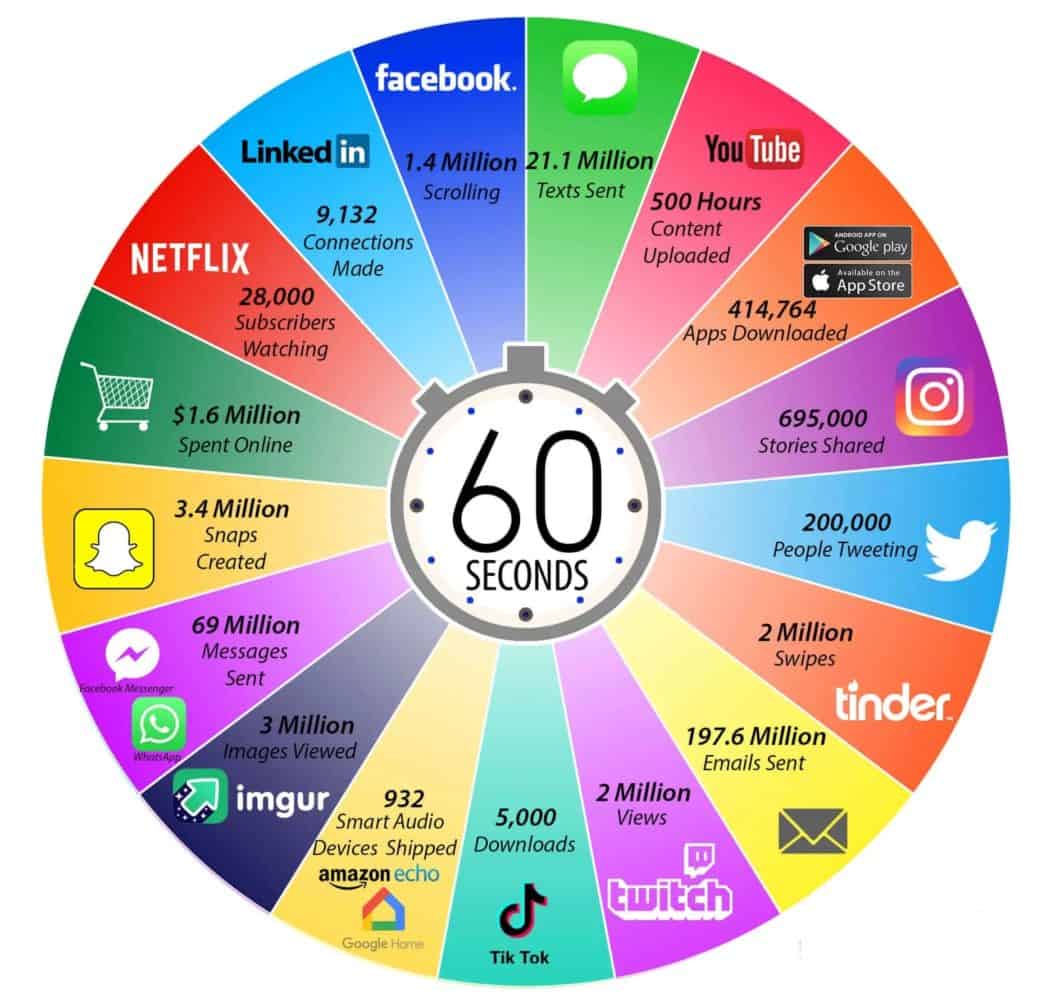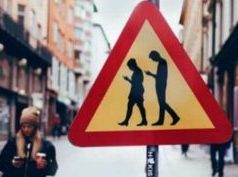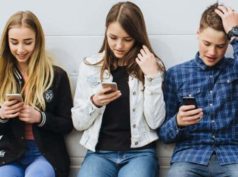When checking research that measures how much time the average person spends on their ‘smartphone’ per day, one conclusion becomes glaringly obvious:
The average person spends over four hours a day on their smartphone!
Pew Research Center
That’s right, most modern people spend a full quarter of their waking hours on their mobile devices.
According to one of the studies, about half the time (2 hours) is spent on the top five social media platforms: Facebook, Instagram, Twitter, Snapchat, and YouTube.
If you spend 20 minutes on Facebook in the morning; 30 minutes catching up on Snapchat; 15 minutes reviewing your Twitter feed at lunch; watching a 20-minute TEDx talk on YouTube in the afternoon; and 35 minutes winding down with Instagram in the evening – that all adds up to 2 hours – Opps!

One of the major reasons people need to make a conscious decision to cut down on their smartphone screen time is their (mental) health. Many have noticed that on the days when they were on their phone a lot, they were unhappy. They felt more scattered, less productive and a little depressed. Most become more reactive and less centred – and they don’t like it!
The proof – Smartphone addiction
There’s plenty of research that supports this on a physiological level. We aren’t meant to pump our systems with social media feed prompts, because of the inevitable crash that comes after. We are also not hard-wired to constantly switch our attention back-and-forth the way we do on our devices. It’s a lot for our brains to handle.



It’s probably no surprise, then, that people feel calmer and more in control after cutting down their screen time.
For those who are interested in doing the same, here are a few basic steps to take:
1. Limit social media as much as possible. Delete apps like Snapchat altogether; only go on Facebook if there’s a specific reason to do so (i.e. reply to an event invite); and barely post on Instagram (You will find that if you don’t post as much – you don’t scroll as much).
2. Put your smartphone on airplane mode after 8pm. You can still use it for your alarm and to check your calendar, etc. but don’t have incoming messages barraging you at night, when you are in wind-down mode. This helps a lot.
3. Enabling the iPhone Screen Time function. This is so you can see where you do actually spend time on your phone. Go to Settings >> Screen Time (it’s now 8th down) >> Turn on Screen Time. Your phone will start to track your activity. It’s private (the data doesn’t get sent to Apple)–and it’ll show you each app you use and website you visit (except sites in private mode).
4. Instead of checking your smartphone when you’re out and about – breathe! This can be a game changer! Most people use their device to manage mild social anxiety. Instead of connecting with people around them (or just observing their environment), they check their phone. In this moment people need to take a deep breath and slow down – relax! People on the phone can wait, leaving more time to focus on what’s going on around them.
I certainly feel more grounded since making these changes, and it’s still a work in progress.
In my opinion, limiting time with our devices is the equivalent of a relaxing head massage for your brain.
Andrew, Naked Expat

Leave a Reply